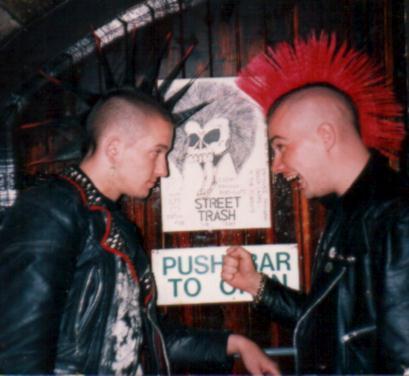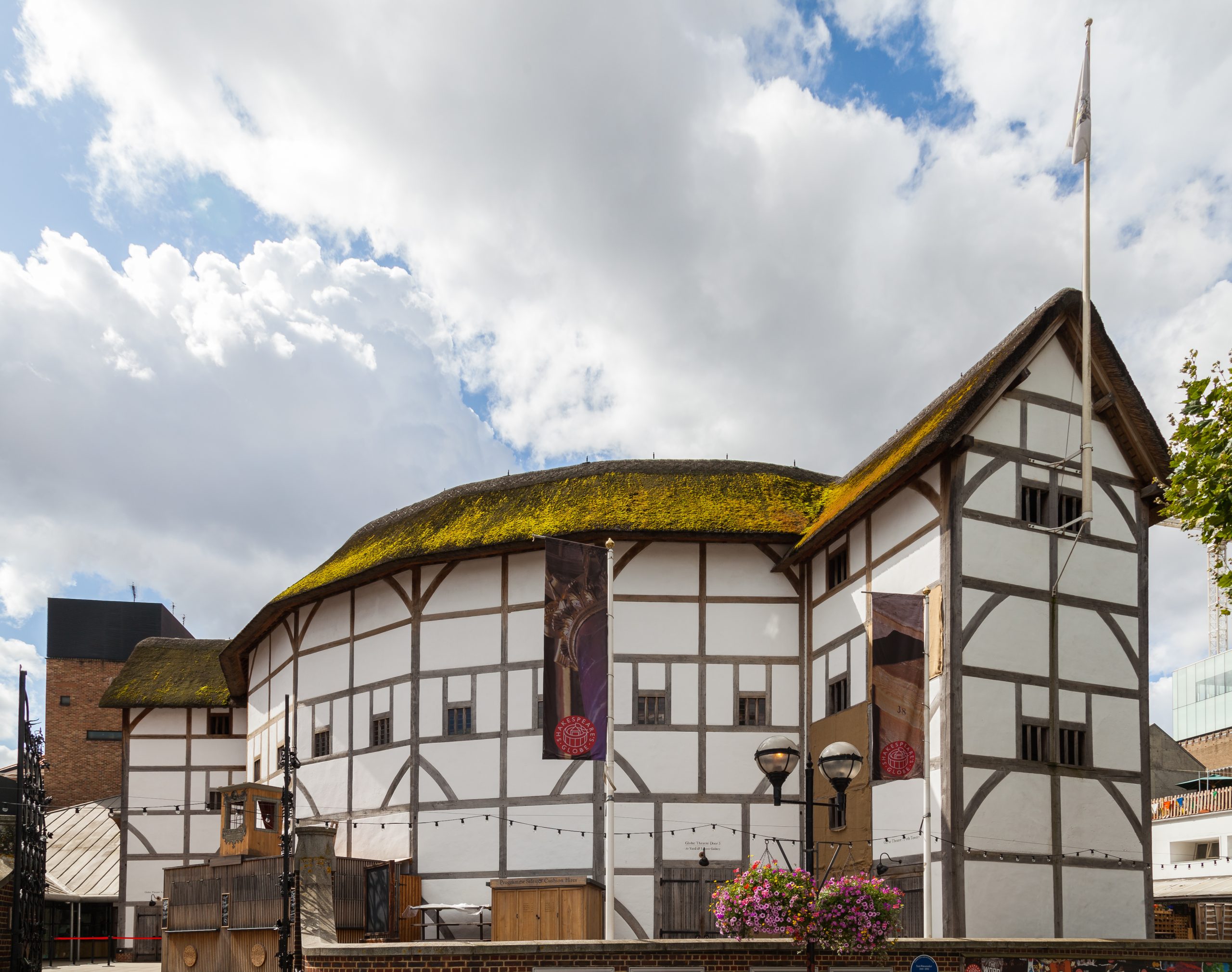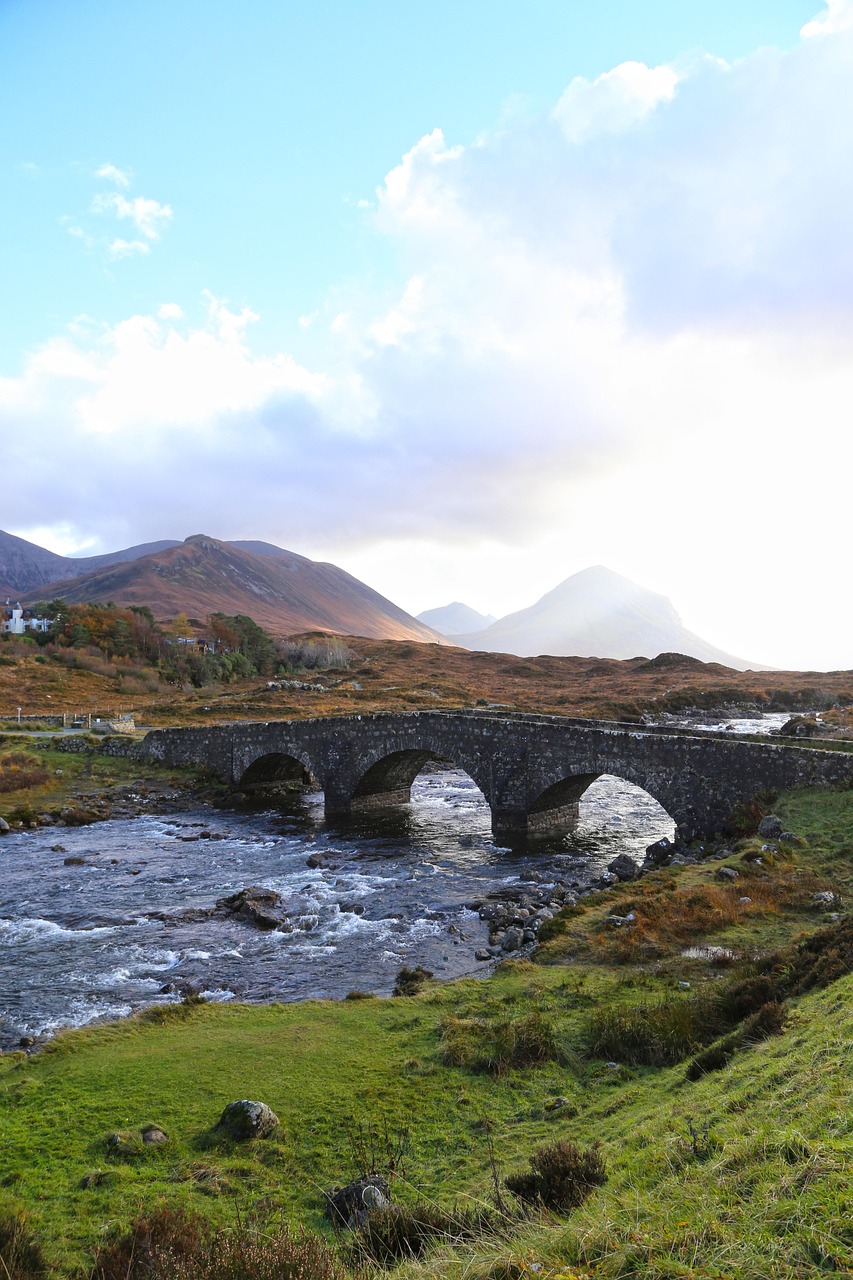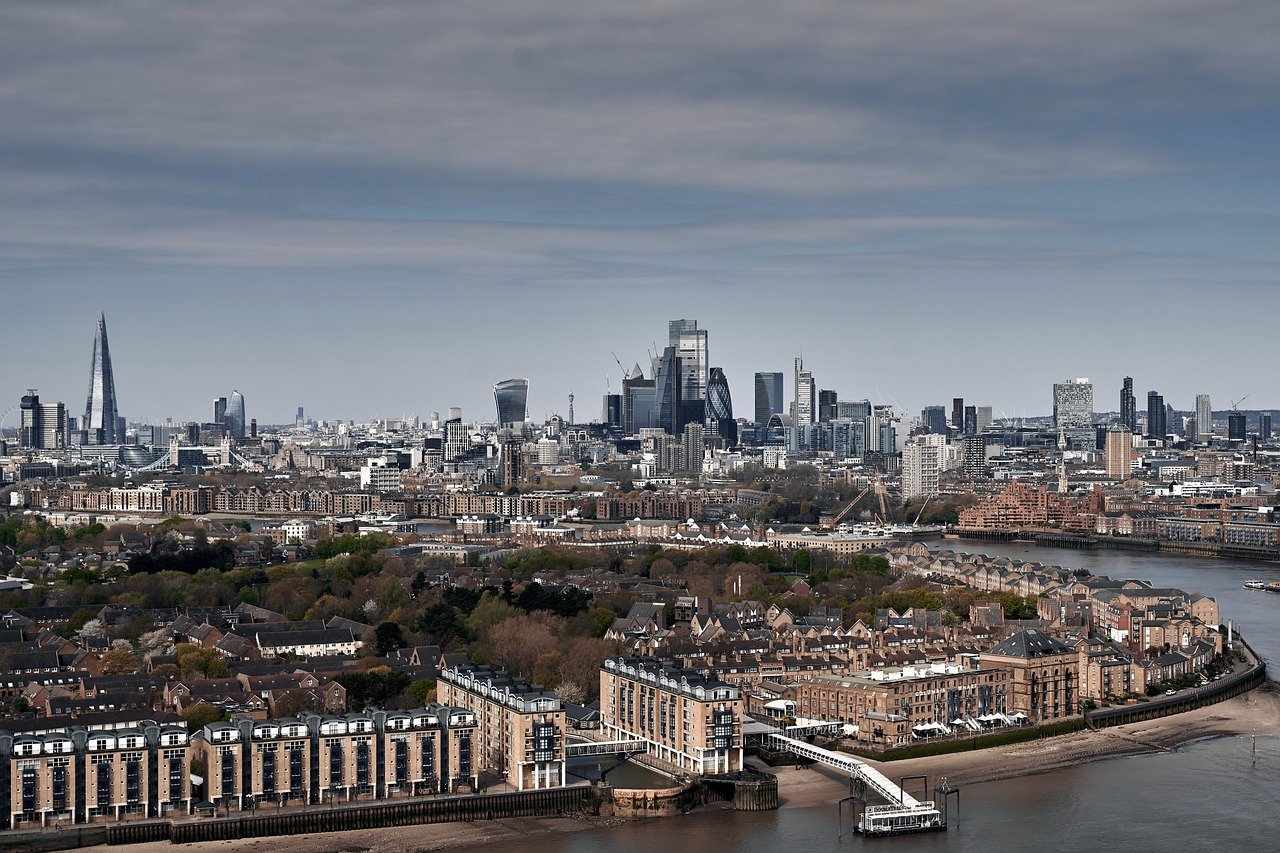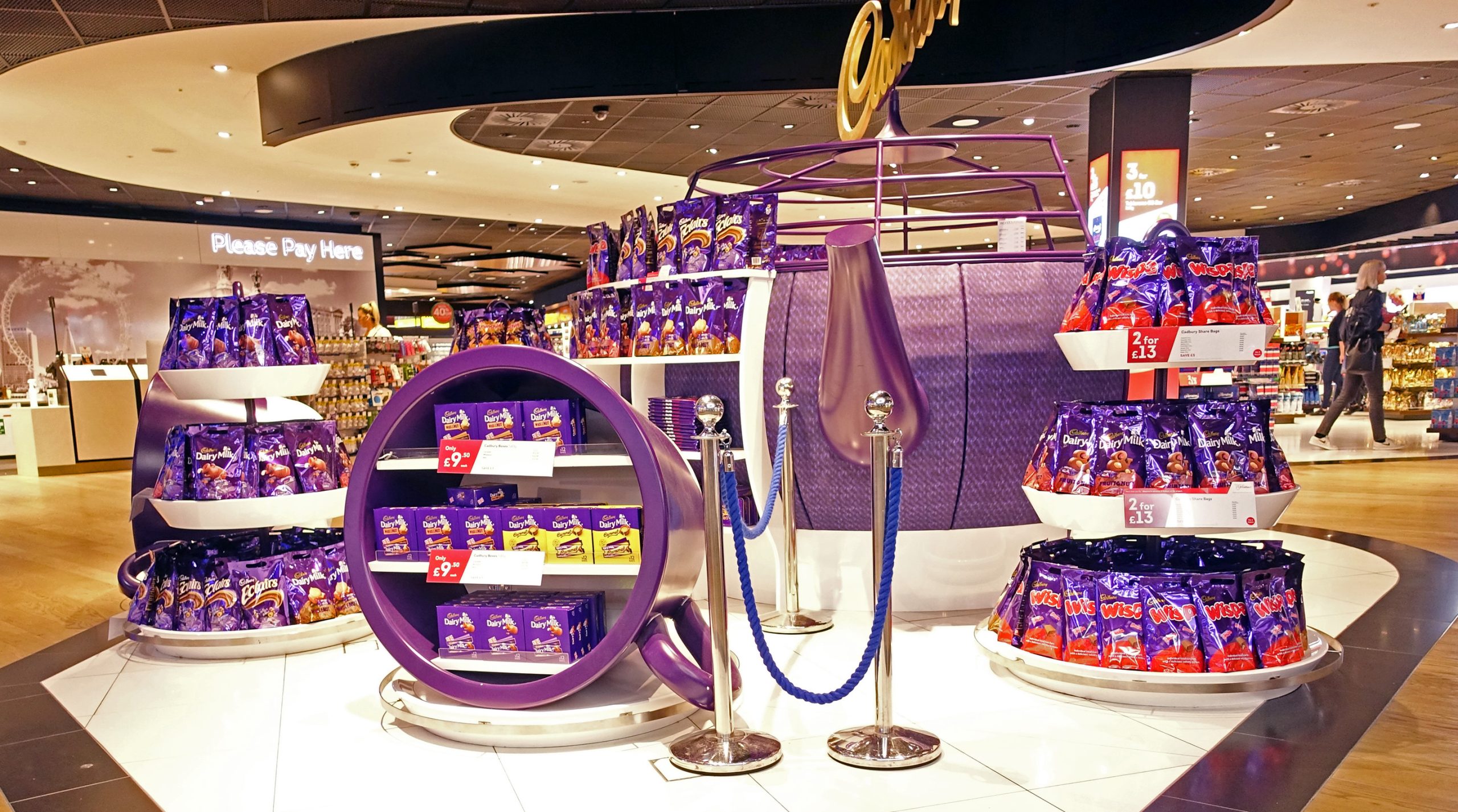
As you sink your teeth into a bar of deliciously smooth, velvety chocolate, have you ever wondered about its origins? In the realm of sweet treats, chocolate holds a special place, and in British culture, it has become a beloved indulgence. Let’s take a delightful journey through the history of British chocolate, from its humble beginnings to the mouthwatering creations of today.
Our story begins in the early 19th century, when a pioneering chocolatier named John Cadbury had a vision. In 1824, Cadbury opened a small tea and coffee shop in Birmingham, England. Little did he know that this humble establishment would pave the way for a chocolate revolution. Cadbury’s passion for cocoa led him to experiment with different recipes, eventually giving birth to the first-ever British-made chocolate bar in 1842.
With its smooth texture and rich flavor, Cadbury’s chocolate quickly captured the hearts of the British public. As the Industrial Revolution took hold, Cadbury’s business expanded, and by the late 1800s, their delectable treats were available throughout the United Kingdom. The iconic Cadbury Dairy Milk chocolate was introduced in 1905, forever changing the chocolate landscape in Britain.
But Cadbury wasn’t the only player in the game. Joseph Fry, another innovator, had been experimenting with cocoa since the late 18th century. In 1847, Fry created the world’s first solid chocolate bar, marking another milestone in the history of British chocolate. Fry’s chocolate bars soon gained popularity, and the company continued to innovate, introducing the Fry’s Turkish Delight in 1914 – a treat that remains a favorite among many today.
As the years went by, competition in the British chocolate industry grew fiercer. Companies such as Rowntree’s and Terry’s emerged, offering their own unique creations to tantalize taste buds. Rowntree’s introduced KitKat in 1935, forever changing the way we enjoyed chocolate. Terry’s, on the other hand, delighted chocolate enthusiasts with the iconic Terry’s Chocolate Orange, combining the tangy flavor of orange with smooth milk chocolate.
The two World Wars brought significant challenges to the British chocolate industry. Rationing meant that chocolate became a luxury that few could afford. However, this scarcity only increased its desirability. Chocolate became a symbol of comfort and joy during times of uncertainty, reminding people of better days.
With the post-war era came a newfound sense of optimism and a desire for indulgence. British chocolatiers rose to the occasion, creating innovative and irresistible treats. Quality Street, a selection of assorted chocolates, was introduced by Mackintosh’s in 1936, offering a delightful assortment of flavors and textures. The popularity of quality chocolates continued to rise, and companies like Thorntons and Elizabeth Shaw joined the ranks, becoming household names in the world of British confectionery.
As the 20th century progressed, British chocolate underwent further transformations. In the 1970s, Mars introduced the irresistible combination of caramel and nougat covered in milk chocolate with the Mars Bar. And who could forget the iconic Cadbury Creme Egg, first launched in 1971, which remains a beloved Easter treat to this day?
But the story of British chocolate doesn’t end there. In recent years, artisans and independent chocolatiers have taken the industry by storm, infusing their creations with creativity and passion. From luxury truffles to exotic flavor combinations, the British chocolate scene has never been more vibrant.
Today, British chocolate continues to captivate chocolate enthusiasts worldwide. Whether it’s the smooth and creamy Cadbury Dairy Milk, the crispy and delightful Nestlé Crunch, or the luxurious creations of artisan chocolatiers, there is something for every chocolate lover to savor.
So, the next time you indulge in a bar of British chocolate, remember the rich history behind it. From the visionary chocolatiers of the past to the innovative artisans of the present, their passion and creativity have shaped the British chocolate culture we know and love today. Celebrate this delicious heritage and let your taste buds embark on a delightful journey through time.


